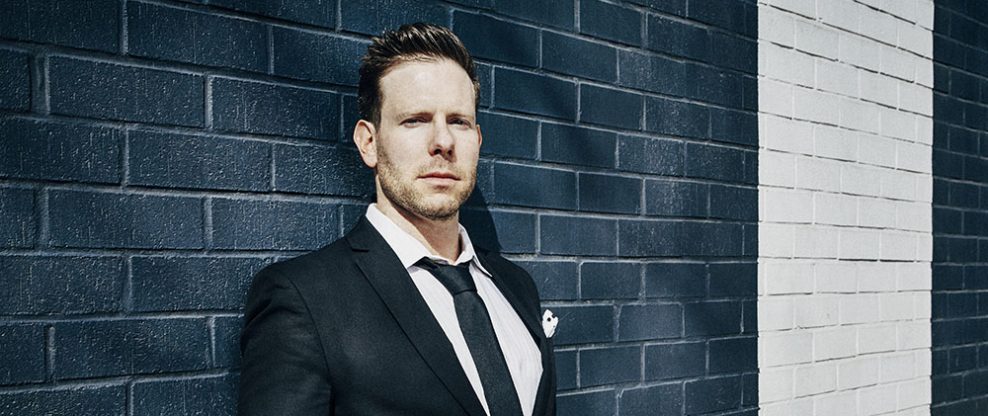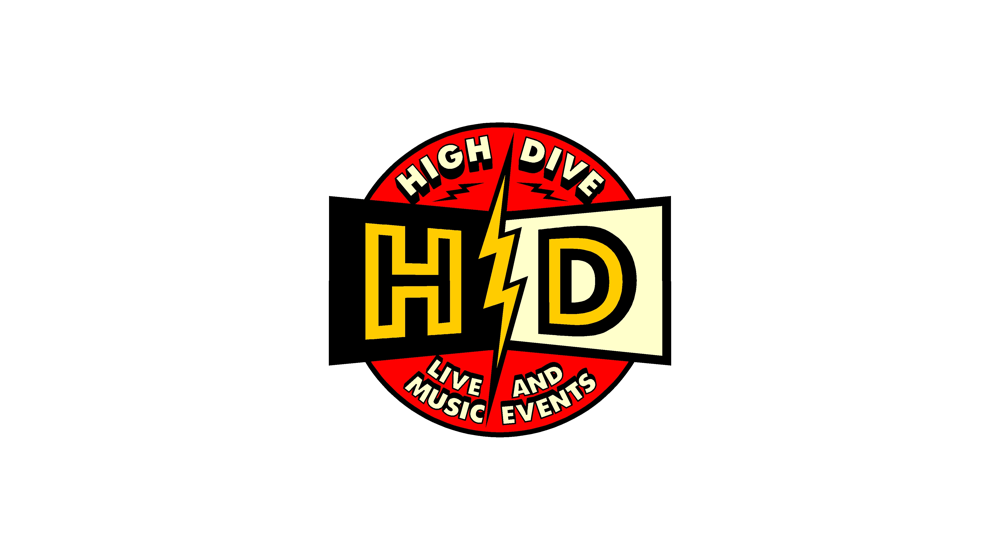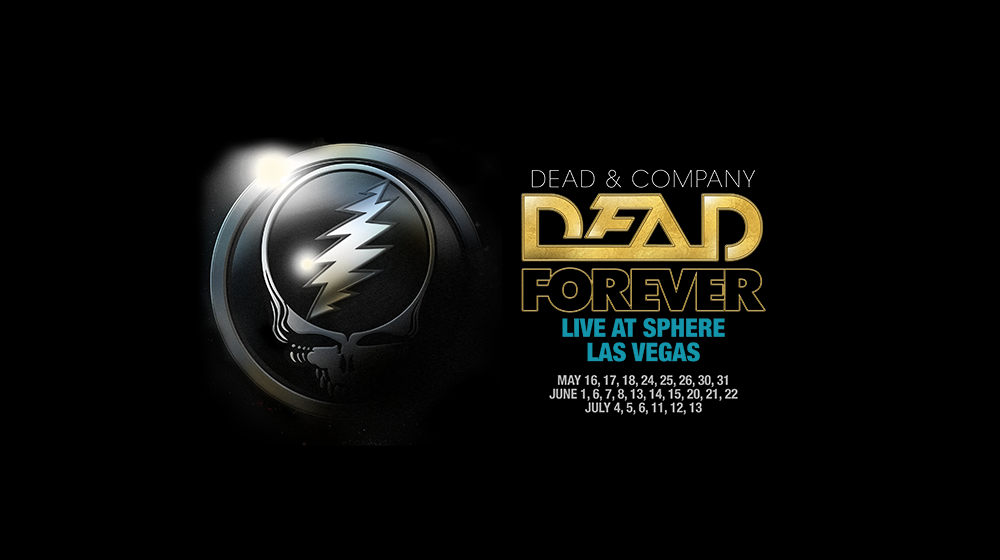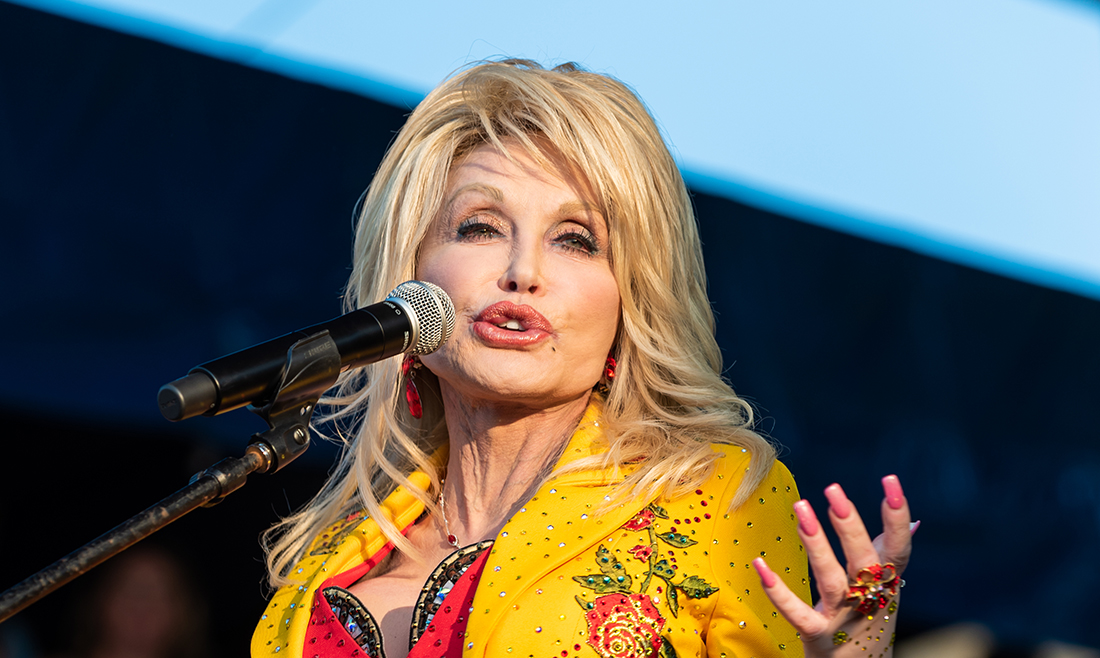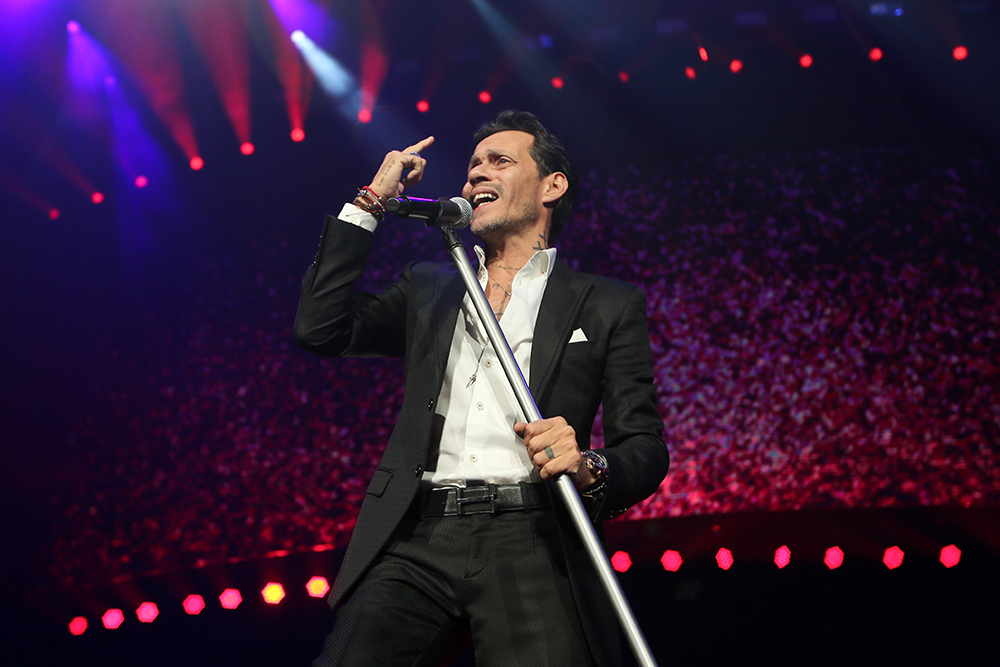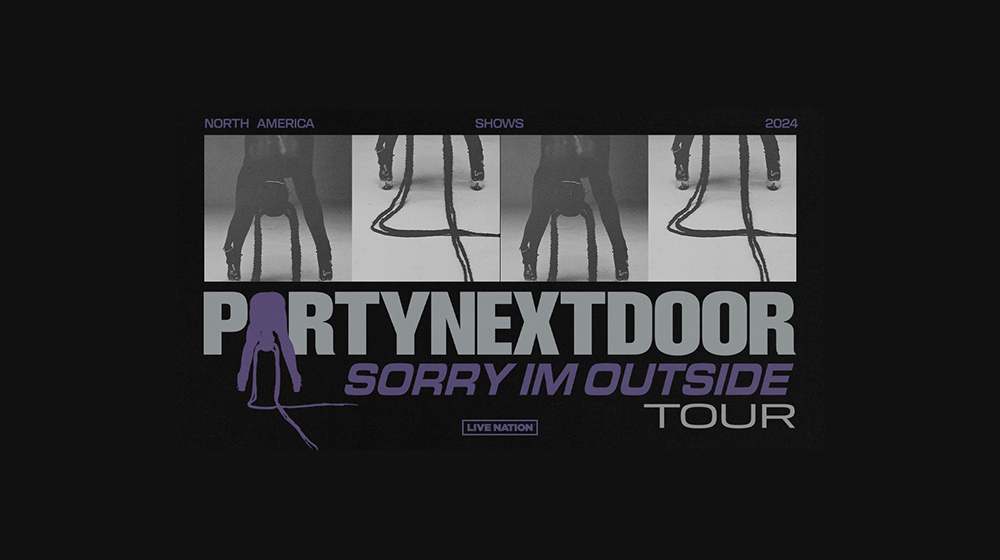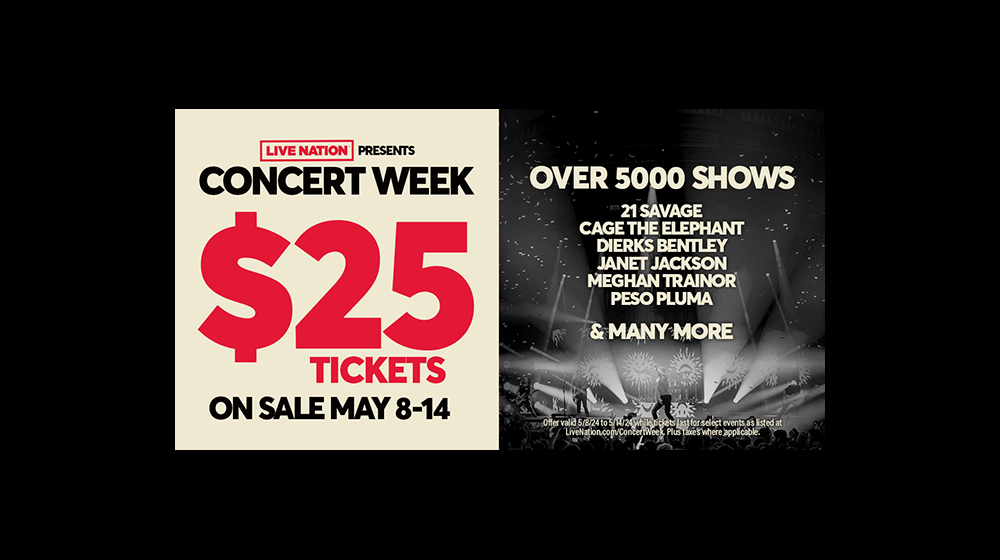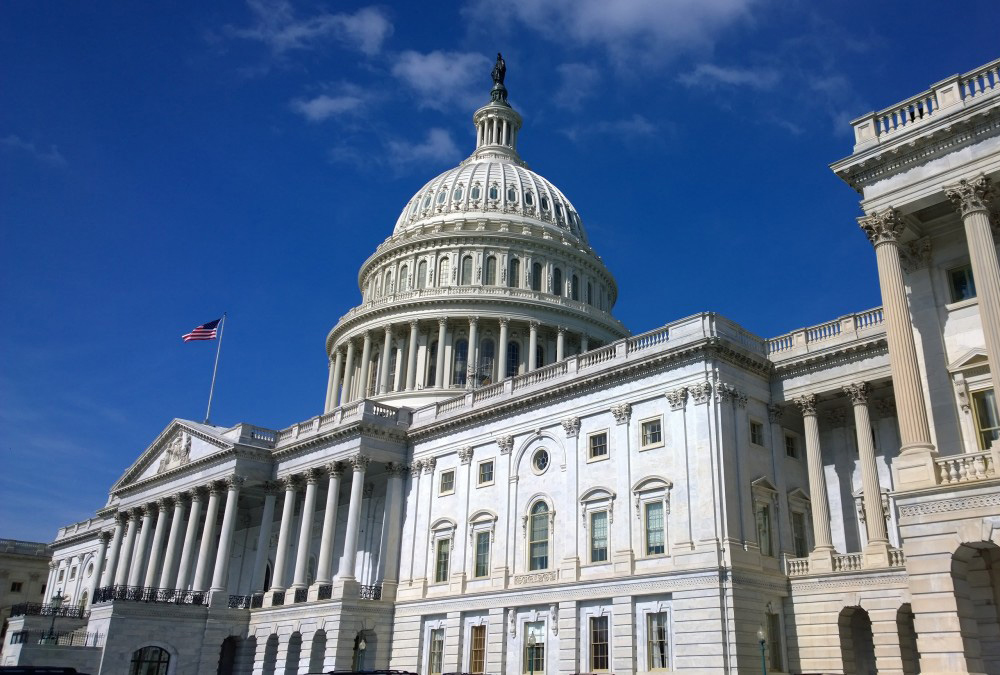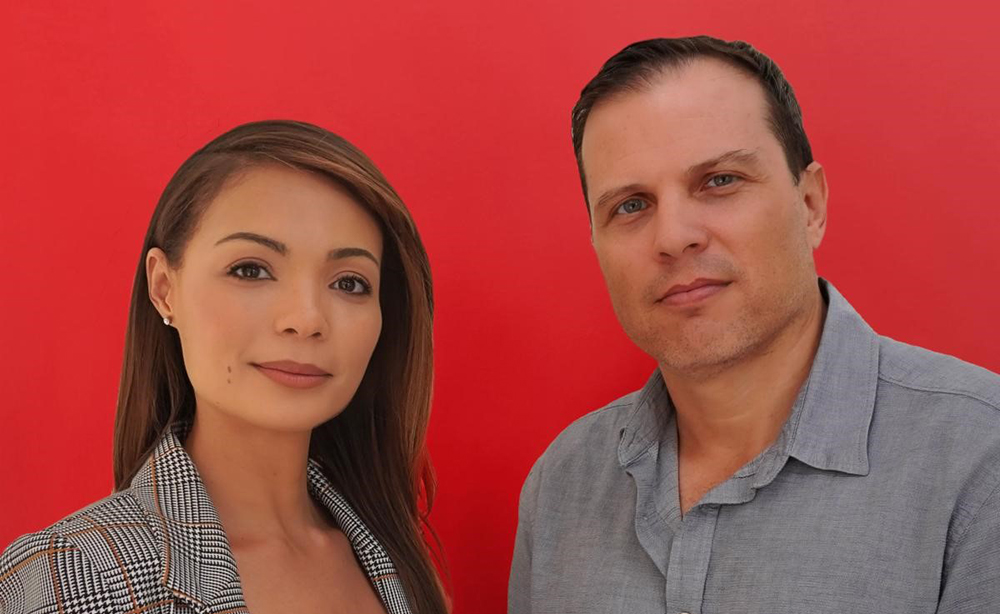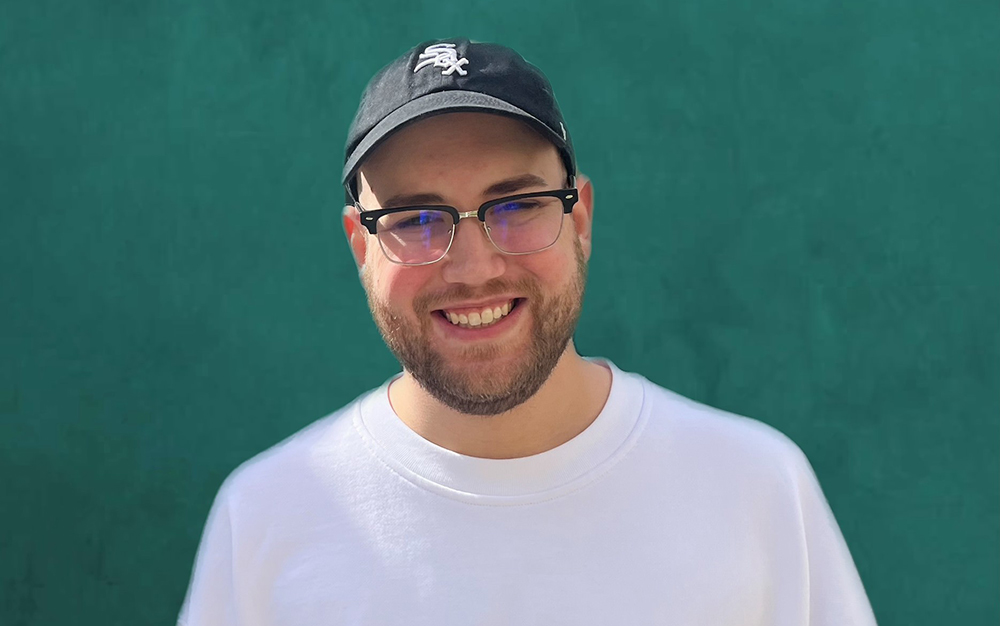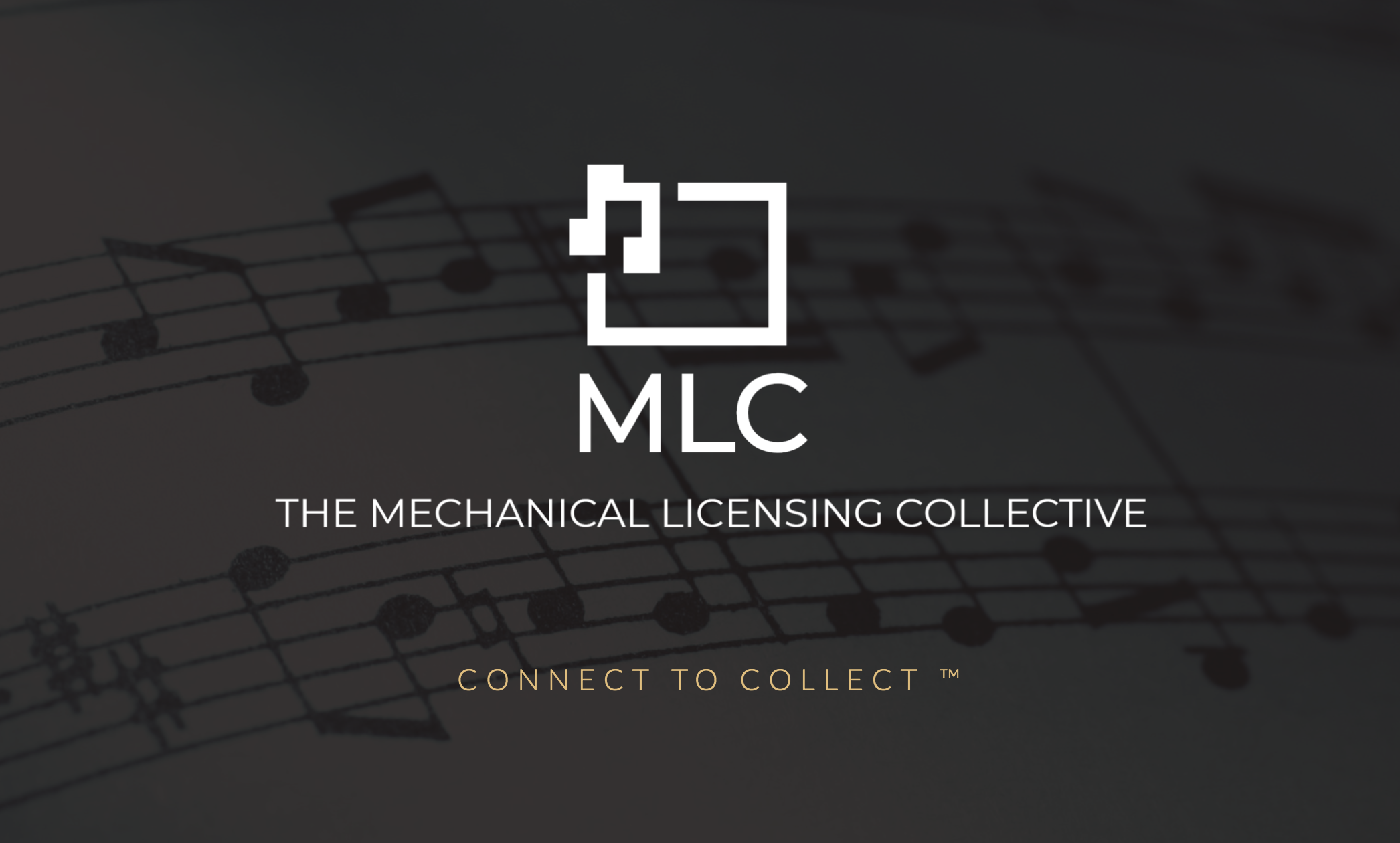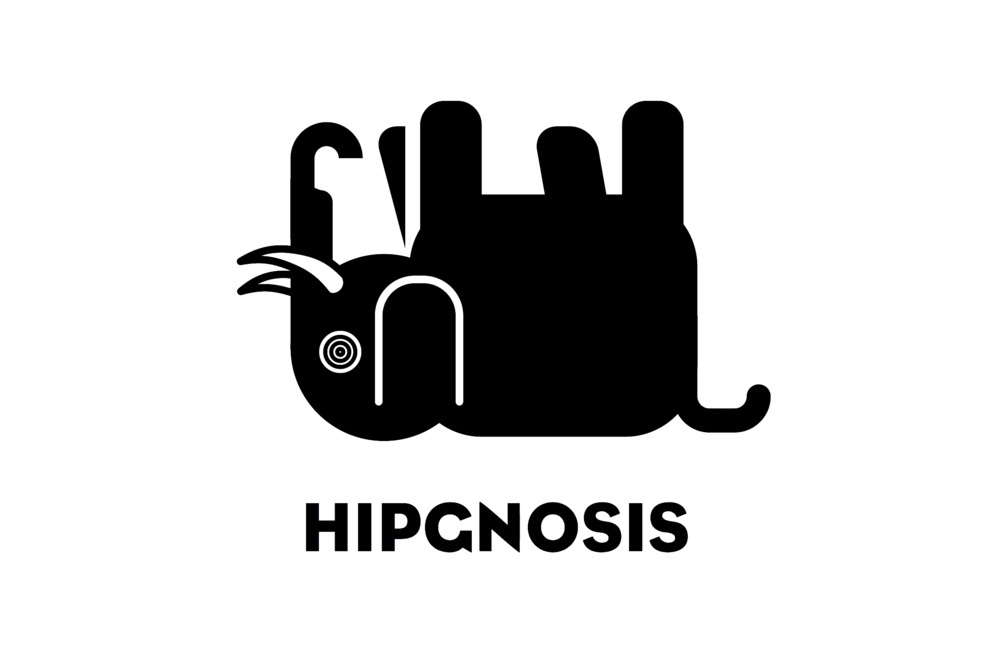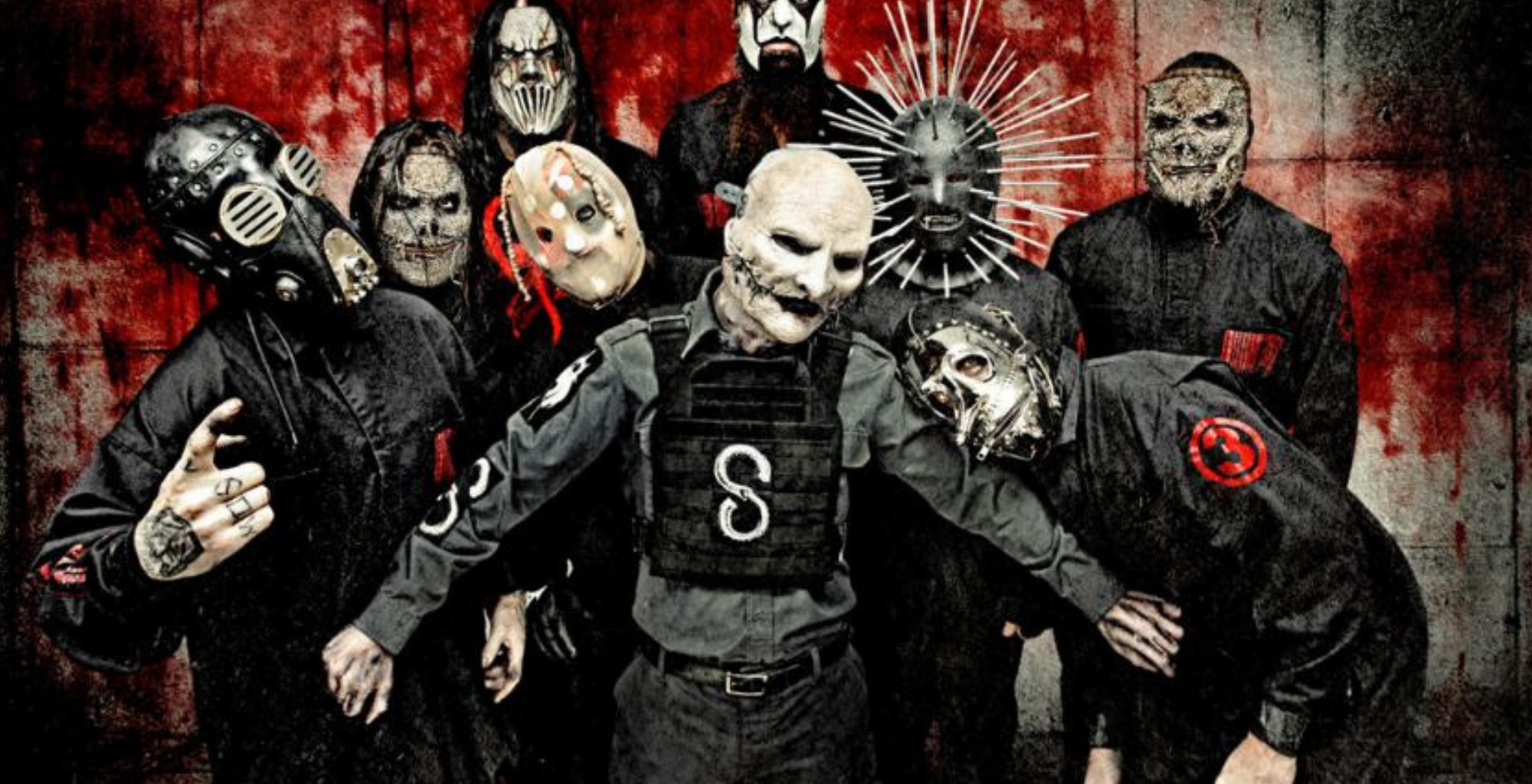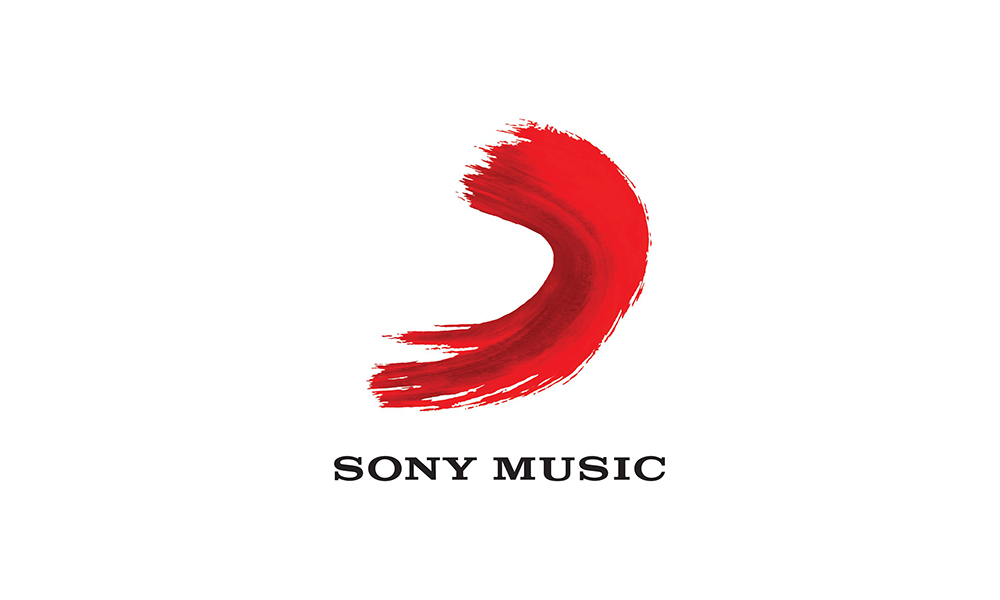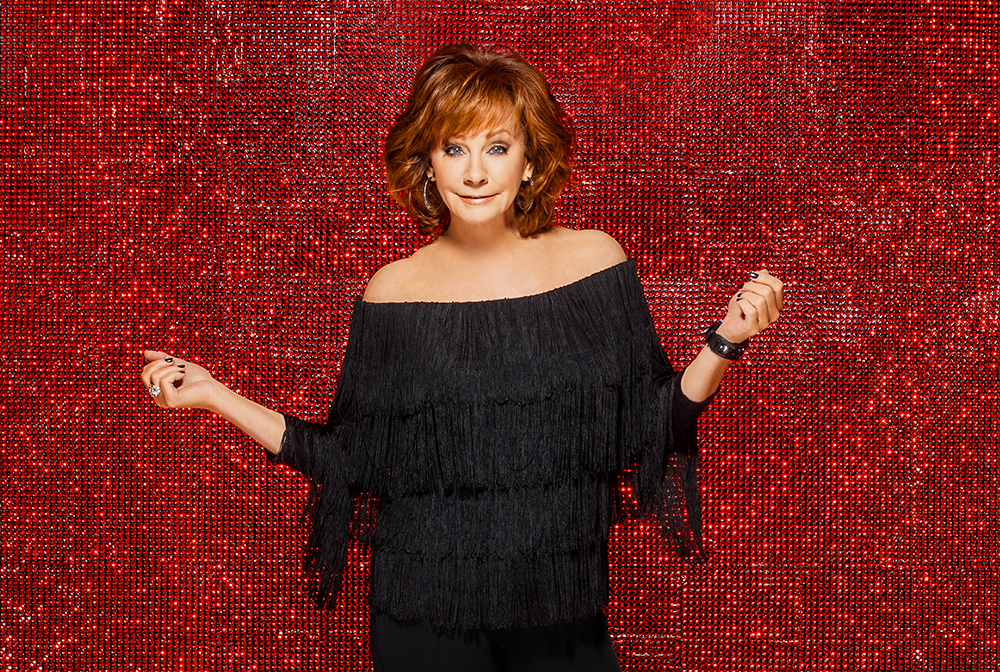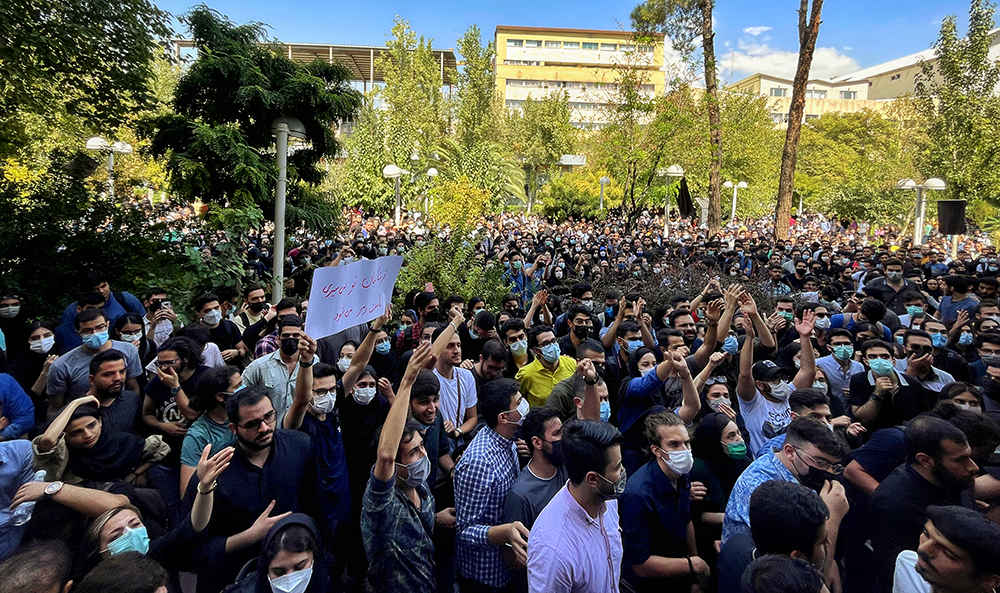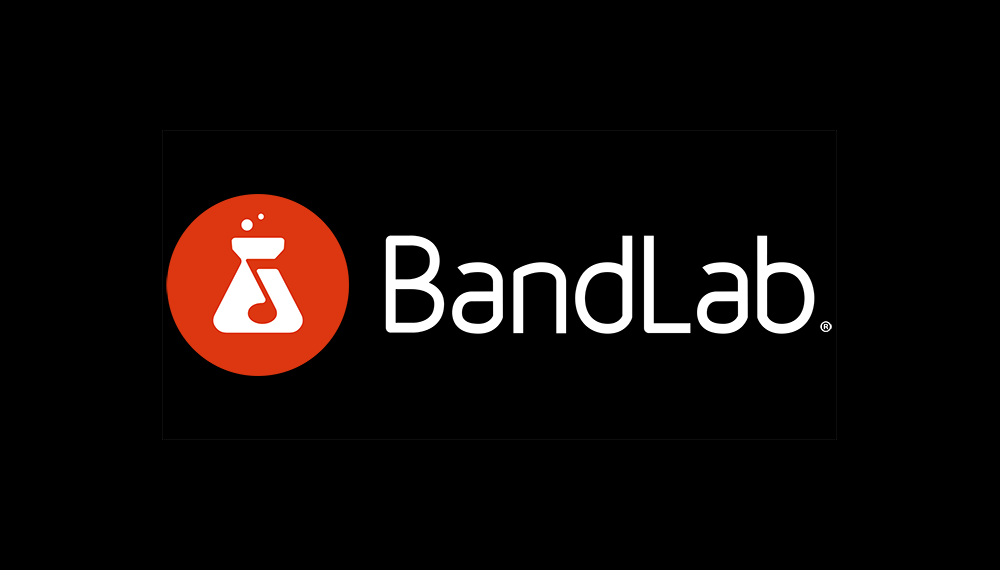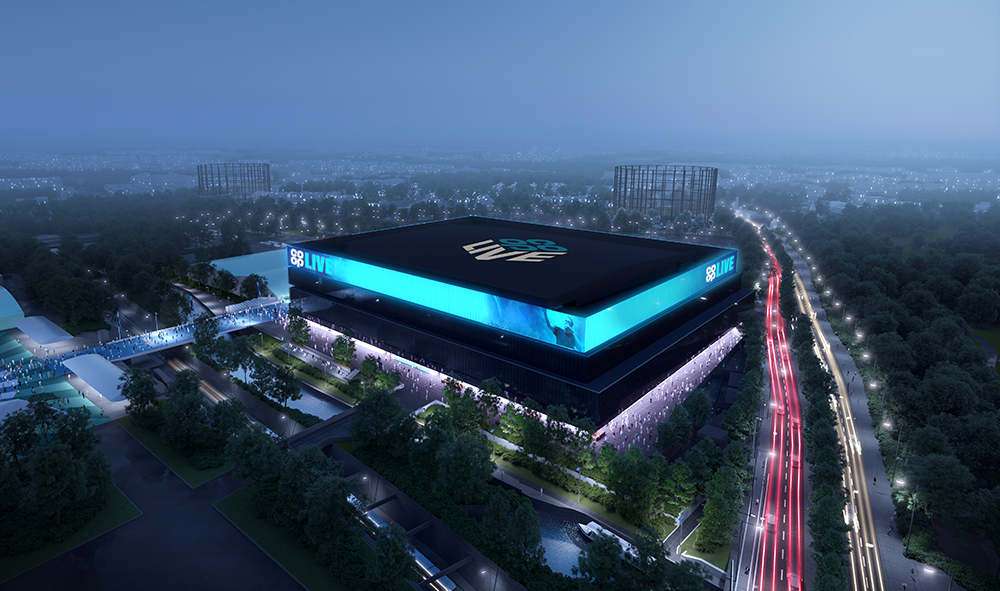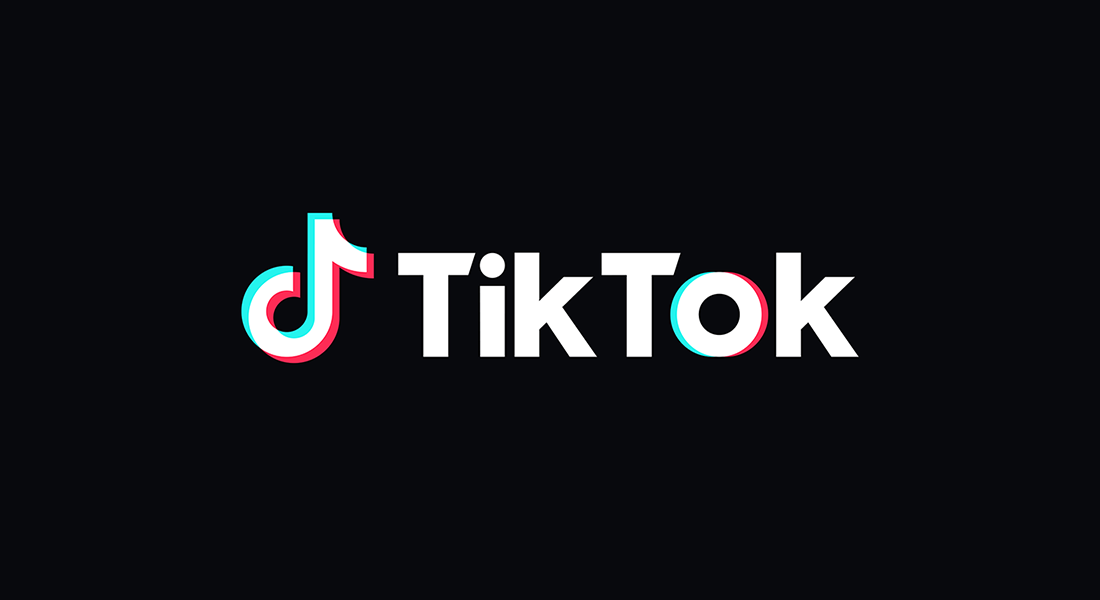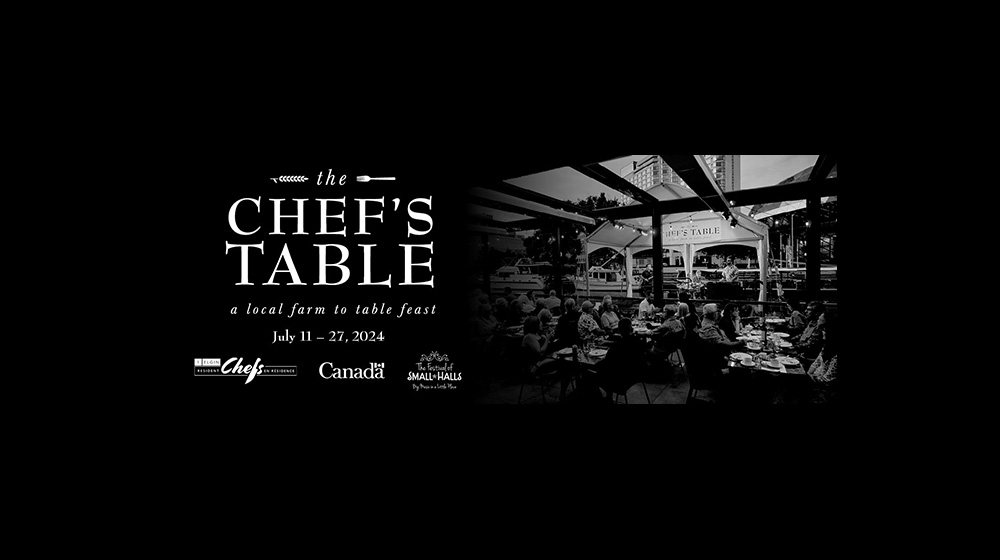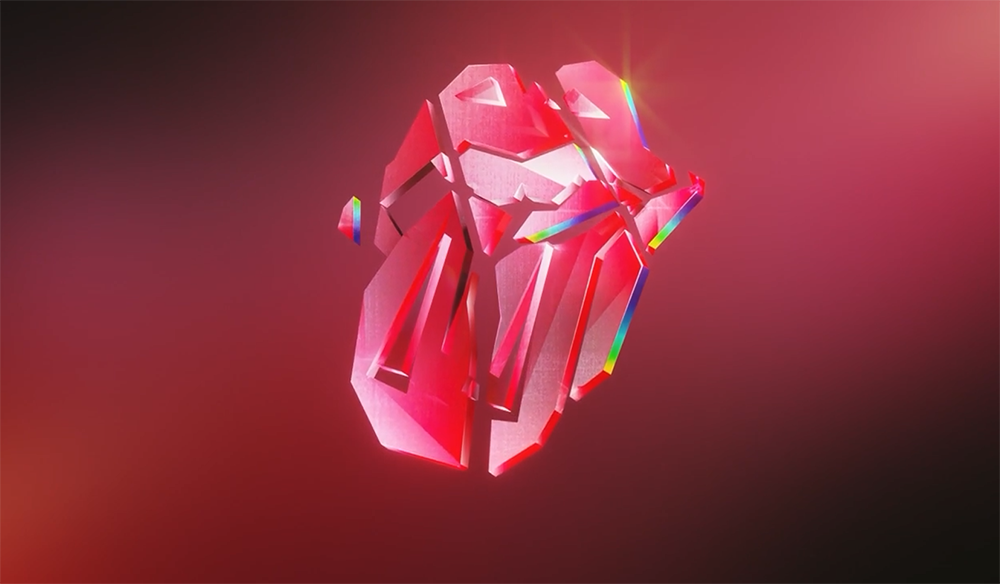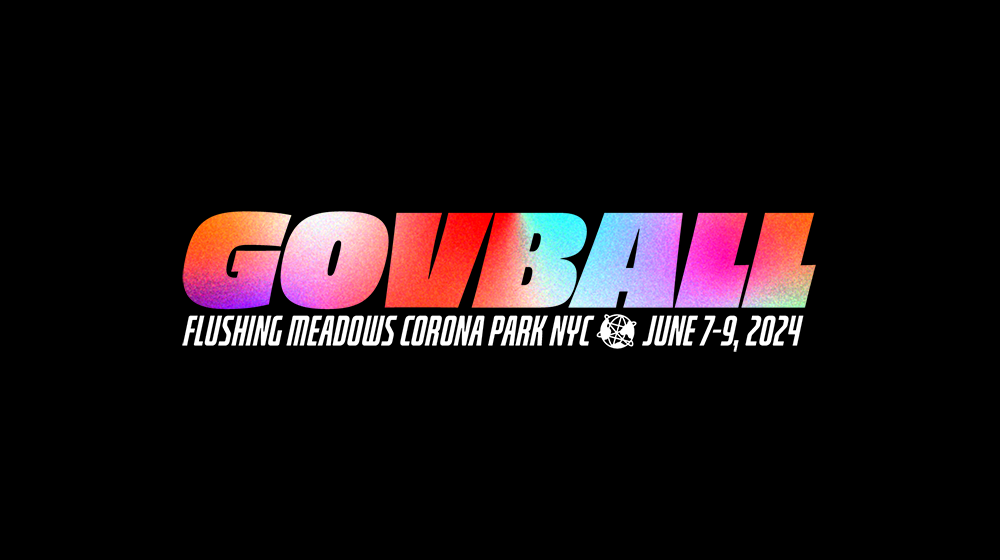This week In the Hot Seat with Larry LeBlanc: Jesse Kirshbaum, CEO, Nue Agency.
By design, New York-based Nue Agency sits dead center at the juncture of culture, music, brands, and technology.
Consider Nue Agency as an idea/deal factory; its CEO Jesse Kirshbaum being a canny cultural anthropologist deal-maker with a small team deftly matching brands with artists via edgy marketing strategies while developing brands and artists alike.
Nue’s first incarnation as a talent agency in 2007–representing Clipse, Pusha T, J. Cole, Big Sean, Mike Posner, Wale, Action Bronson, Solange, and others—suggests, after a pivot in 2013, that its staff knows what creatives respond to—they are able to speak their language—giving them a full understanding how to bridge the gap between artists and brands which have included HipDot, Foot Locker, Mondelez, Spotify, PepsiCo, General Electric, Bain Capital, Nike, Luc Belaire, 1800 Tequila, L.L.A. Chain, Killa Crunch Cereal, Danone, and many others.
In addition, the indefatigable Kirshbaum curates the weekly LinkedIn newsletter Beats & Bytes; hosts Hot 97’s web series “Hot In Tech”; and is the executive producer of the digital interview series CRWN. hosted by Elliott Wilson.
Sponsorship, once universally scorned by music artists and managers alike, has experienced a huge growth of interest in recent years. Most artists feel they can work with brand marketers If only to boost income lost from their music activities, and to defray tour costs.
While corporate marketers are more sophisticated in their approach to music sponsorships, and now seek opportunities that offer as many touchpoints as possible, Nue and several others in the sector encourage customized marketing platforms, including on-site presences, and viral-marketing campaigns that create interactions among fans, artists, and brands.
Nue’s pitch is that it specializes in bridging the gap between entertainment, technology, and brands, and platforms; helping brands connect to their consumer through the power of cultural marketing, with a specific expertise in music, technology; creating social-centric media products that leverage consumer behavior on social platforms, as well as geofencing, audience targeting, and working with emerging technologies that allow brands to connect with consumers in relevant and impactful ways.
Kirshbaum and his team envisage that brand partnerships–the right music partners and cultural moments in place to elevate a brand’s presence in a crowded marketplace–will prove to be even more popular after the traditional music industry is back up and running, creating an enduring and meaningful new revenue stream for artists.
Meanwhile, trying to stay both safe and sane during the COVID-19 pandemic, but with no live music events, no parties, no festivals, no sports, Kirshbaum plots and plans for the future while still pulling off a handful of spectacular digital events.
How many people work at the Nue Agency?
We’ve stayed nimble by design. There’s five. It’s my brother Alex, who is my business partner, and we have a small staff of product managers and strategists that are like family.
Is everybody working from their homes now due to the COVID-19 pandemic?
Everybody is working from home. We are still paying for an office. I miss the days when I could go to the office. I don’t think there’s anything to do at the office right now.
What about what was to be your first book, “Beats, Bytes & Brands: Lessons Every Brand Can Learn from Musicians in the Digital Age,” that was due to been released in March?
That’s taken a bit of a backburner just because the times has shifted. I do think that there are still marketing lessons for artists.
To now release the book, you’d have to add several additional chapters to cover off this chaotic period going forward.
Oh yes, two chapters. This business shifts so fast. I wrote this beautiful history of branding and artists, from the Rolling Stones to Post Malone. But that was 6 months ago. The business is already a different world.
Practically changing under our feet day-to-day.
That’s the beauty of the music business and music, in general; that it is so dynamic. It’s that Trojan horse that can seep into all of the cracks of culture. But with this pandemic, and with live events being canceled for the forecastable future in front of us, there is just so much uncertainty, and so much changing every day, now more than ever. It is less interesting to read books and more interesting to (experience digital media). That is why our focus is more on our (Beats & Bytes) newsletter and the weekly show on LinkedIn. Really just staying on the pulse, and moving with the speed of culture.
Last year Nue oversaw three imaginative campaigns. It co-created a partnership between Kesha, and the millennial-focused cosmetics company HipDot; it crafted a partnership between rap duo Rae Sremmurd and Parisian-based Luc Belaire to launch the Belaire Gold cuvee; and it matched a wave of new artists to three Foot Locker campaigns, “Evolution of the Swoosh,” “Week of Greatness,” and “Discover Your Air.” Each of these were absolutely perfect link-ups, and the resulting campaigns were dead on target.
Each brand has its own nuance, its own goals, and its own consumers. It makes more sense to leverage their strength, and what they can bring to the table, and find the right artist as the right partnership is the difference-maker. But it has to be a symbiotic, mutually beneficial relationship. With HipDot and Kesha, it was about using the infrastructure that HipDot has, which is the technology, the ability to scale, the ability to produce a beautiful product, and then connecting with Kesha, and her artistic vision, and make it come to life, and make it connect. With Belaire, it was about a lot of marketing. It’s not just about choice posts.
Rae Sremmurd joined Rick Ross, DJ Khaled, DJ Steve Aoki, A Boogie wit da Hoodie, Dave East, Nipsey Hussle, Rapsody, Trina, Fat Joe, Diamond Platnumz as an artist face for the Belaire premium brand. All about making this product a lifestyle choice.
It is about having their product be a lifestyle component, the way that Rick Ross is with the brand. So they realized that leveraging hip hop, where other champagne companies probably wouldn’t, was a smart marketing tool for them, and they have quietly become the #4 selling champagne (cuvee) in America, just by making partnerships with the artists and being a lifestyle component to those artists’ social stories. We found an artist that we felt was going to blow up with Rae Sremmurd, and it was great for them, and it was a great validator for Rae Sremmurd who has since moved on to bigger and better deals.
And Foot Locker?
They are in an interesting spot because they have so many assets including the physical stores, their massive relationships with distribution, and with Nike and all of the brands. Yet there are these brands shifting into their margins. So how does Footlocker leverage its weight to show how much more it can offer its consumers, and sort of box out its’ competitors that are moving rather nimbly? That was by coming up with a creative assortment of talent. Just by having a fun mix of not so obvious (artist) collaborators. Shooting these commercials, and finding artists, and totally supporting them with their first “baby” endorsement deal with Footlocker. We gave artists such as DaBaby and Annuel AA their first endorsement deals with these Footlocker campaigns. That worked so well that we added DaBaby to all three commercials. Footlocker knows that they’ve got their campaigns from Back to School to A Week of Greatness (rolling out a curated collection of sneaker and apparel launches from Nike, Jordan, Adidas, PUMA, Converse, Super Heroic, Champion and more) where they can completely outshine any competitor in their space. And curating those artists with them is a great way to get huge impressions.
Is there even going to be a back to school this year?
That’s a great question. I have to figure that there will have to be some form of back to school.
Instead of representing artists, Nue Agency primarily represents brands. Campaigns don’t start by first attracting artists?
Yeah, it doesn’t start with the artist, right now. If we are doing stuff with artists, it’s going to be more about how do we make the deals come to life, and create IP (intellectual property). Our clients are predominantly brands. We will then help the brands figure out: A. What artists they should be aligned with, and B.: Work out the strategy on how to make this not look so transactional and make it more symbiotic. The beautiful thing is we came from the artist representation business. So I do have an artist’s lens. A lot of my brand relationships came from when I was representing artists, and I met these brand marketers who wanted to work with our artists. We made a pivot (from representing artists to working with brands and tech firms). It was a pretty natural progression because we had all these artists and these brand relationships. So when we approach artists now, we know what they are looking for, and we also know how to make these partnerships beneficial to them. We are in with the manager, and we are hearing what they’ve got coming up, and we are trying to figure out how to tailor-fit these deals so it is not going to come off unauthentic or corny.
Tough times or not, people have always been captivated by music. With the COVID-19 pandemic, however, listening habits are changing, and we will have to figure out how to deal with that shift when we return to our lives. At the same time, this COVID-19 pandemic period is a time of significant innovation.
I think so. Concerts are going to come back, and we are going to see innovations. Drive-in concerts have now started. Social distancing shows. Virtual worlds. The live space is just in the very early inning, and the music business is…Goldman Sachs came just out with a report that says they expect the industry to double in the next decade.
(Investment bank and research firm Goldman Sachs released a study earlier this month (May) that estimates the global industry — comprising live music, recorded music, and publishing — will reach $57.5 billion in 2020, about 29% down from an original forecast. In 2019, that figure was $75 billion. Still, Goldman Sachs is optimistic about a quick recovery following the COVID-19 pandemic, predicting that the live sector, in particular, to make a healthy comeback in 2021. Goldman estimates that global industry revenue will reach $140 billion by 2030, driven by live shows and music streaming.)
We are already in a great spot where record labels are making a million dollars a day, and trending up, and artists are owning their masters and cutting much better deals. The music business is healthier than we’ve seen it in a long time. Yes, this is the time for innovation, and for not trying to compare it for what it was. I think that people are open to that. Brands can play a big part in (providing) revenue that isn’t overflowing right now. However, as we see, all of these business areas growing from everything from biopics to documentaries to festivals—artists owning festivals, and virtual worlds, we have not been seeing as much brand dollars flowing in as we could.
If there was time for brands to jump in, and explore affiliations with artists and bands, and to establish relationships, it would be now. As society opens up in the future, many brands are going to have to distinguish themselves within what surely will be a chaotic, crowded retail marketplace. One most certainly filled with new players. As you said in your newsletter, “Brands need to think like artists.”
And artists are willing to take chances. An artist can shift culture. I agree in getting artists that are willing to hop on something for probably less than they normally would because there’s no other revenue sources, and because they are bored, and they want to do things. They want to dope things. Artists, in general, want to do cool shit. This is a really good time for brands to work with artists if they know how to approach them the right way.
Before the COVID-19 pandemic, we were already seeing the interaction between culture, music, tech, and big business. I expect we will see even more pronounced participation as the music-based brand space evolves.
Yep. music is the add out of Instagram and Facebook. The Top 10 (spots) on social media, 7 of them are held by musicians. Music is what dominates pop culture, and music is the great connector in the universal language, and music is what builds a lot of these platforms. It’s tricky because we are dealing through intermediaries (through labels and management), but as artists start to get smarter, and start to have direct conversations, and figure out–or at least put teams around them that can help service brands—they can really build out big projects.
At the end of the day artist strategies have to be tied to being about how best to connect to their fans, and how best connect their music to their fans.
Artists can also make products. Artists are brands in their own right. The same way that brands need to think like artists, artists are brands, and they need to think like businesses. That they can take advantage of, and launch all kinds of ancillary opportunities. I would love to have an accelerator and a VC (venture capitalist) that can help me help artists make their crazy ideas come to life. Artists are the most creative people in the world.
How cool would it be to a have an interactive discussion with a top artist about how a piece of music originated, and them showing how to play their song on an instrument, or how to work out vocal parts.
I love it. And that is just one of the type of ideas to consider. An artist has many fascinating ideas, and hobbies and, with their fan bases, they can shift culture. There is nobody better to launch product than artists if it’s the right thing.
For decades, the relationship between sponsors and artists remained at arm’s length. Artists benefited financially from touring, recording, and music publishing. Today, touring is out, and streaming revenues, while evolving, are not as supportive as they might be. Amidst the COVID-19 pandemic, artists are putting living room and small stage shows up online but going forward artists will have to do more than that to survive. That may mean considering a brand deal whereas they wouldn’t have in the past.
I definitely think that the music industry is more interested in brand partnerships and brand deals than ever before. A lot of that was coming in the past 5 to 10 years, especially because of the rise of hip hop, and the entrepreneurial spirit of hip hop. Artists are now more accepting of brand deals, and brands know that in many ways, without promoters out there now, that they can be the patrons of the arts. They can really be the platform that helps artists break, and get their messages out there, and make more meaningful connections to their consumers through the power of music.
Hip hop and country artists have led the way with sponsorship deals in music in the past decade. While sports sponsorship attracts close to $60 billion a year, music sponsorships are far behind at an estimated $1.5 billion a year. Why is there such a disparity in spending, and how can the music business better communicate its value to advertisers?
Reasons for lessened music sponsorship activity is likely due to the lack of direct access to artists, and to their recording and music publishing rights. Getting a deal between all the rights holders has often been troublesome and took time. Nevertheless, a change is now underway as more artists begin to control the rights to their recordings and music publishing. Will these new conditions re-set brand link-ups going forward in the music industry?
Absolutely. I am hoping that we are not trying to fix, and bring this back to where it was in terms of this era. I am hoping that we can come up with a better way to approach the brand world instead of trying to fix this. Let’s make a new system because it is very convoluted. It is very complicated for people outside of the business to navigate.
In your newsletter, you posed the question, “How do you market when the world is turned upside down?” What you addressed was that if traditional solutions no longer fit the new paradigm, it’s time to find inspiration and answers in unfamiliar places.
I think that every brand is looking for that right now which is interesting. I don’t think anybody has the answer, from the artists to the labels to the brands, Everybody is starting to try and figure out how, and what their strategy should be. I see that, as a serious as this time period is, and as trying a time that this is, it is also a land of opportunity because everybody is rewriting their scripts right now.
As we see music is undervalued compared to the brand spends in sports, but music creators, if strategically placed, can be more attractive to brands than sports figures. Top sports figures in any field are only in the game for a handful of years, and they don’t play much of the year. Whereas music artists, if popular, will have lengthy careers, and they are on radio TV, and social media multiple times a day, and they tour behind each release for almost 18 months. There are so many touchpoints in their careers; more than sports figures. Arguably, music artists reach a bigger segment of the population and for a longer duration of time.
I feel that is a big arbitrage opportunity for a brand that music, in a lot of ways, is an underutilized asset. They feel safe with sports, but sports (figures) are, in a lot of ways, bland when compared to musicians, and compared to (cultural) influencers. Musicians are influencers with product. They are creating something. It’s not just about how cute their eyelashes are or how radical they are.
I’m wary of the new importance given to influencers by society and thus brands. These cultural personalities are more shooting stars burning up quickly. Bright stars for sure, but briefly.
It’s big business though. It’s a huge avenue for brands. And I agree that when it (influencers) started, it made sense. They (brands) saw an opportunity to tap these influencers to get to their consumers, but yeah, it has lost its authenticity. I do feel that these influencers look like they are just posting for money, and it looks like pay-for-play, and they aren’t making anything. Okay, they are huge, but they are not out there touring, making music, or creating. They are not artists.
I feel that in many ways that artists are the next frontier of great influencers for brands. Influencers with talent. The only thing is for musicians is that it (a brand partnership) has to be a win for them, and it can’t be something that hurts their credibility. It can’t be something where they sacrifice their credibility to do something because it won’t be beneficial to them in the long run. They definitely can’t question their art or sacrifice the integrity of their craft for these partnerships; although, at this point, they need an edge to get their music out. When they are releasing music, a brand partnership can be a co-sign. It can be a valid stamp. And It can be a huge marketing push behind releasing a project. Brands can help artists really explode. To pop. The same way that a co-sign from a major artist is the way that a new artist breaks; a co-sign from a brand can also be a really big validator for an artist like Post Malone or various other artists.
Post Malone’s co-sign from Bud Light around the Super Bowl (2020) game-day spots, made his brand look even bigger than it was and his music presence grew from that.
(Bud Light made two different ads starring Post Malone, and asked fans to help pick which of the pair ought to run when Fox telecast Super Bowl LIV Feb. 2, 2020 from the Hard Rock Stadium in Miami Gardens, Florida. Both spots promoted Bud Light Seltzer, a new product. Bud Light then used press coverage to drive interested Super Bowl ad fans to its various social channels, where they could watch two different commercials. One spot gave viewers a look into how Malone’s brain processes a visit to a convenience store offering both Bud Light, and Bud Light Seltzer; the other was in a bar where he discovered a mango-flavored version of the new product. Post Malone reportedly raked in a $1 million from his appearances at two Super Bowl parties.)
In April, Nue Agency, Jimmy Valdes, senior brand manager of Danone, and the NFL, came together to dramatically remake the NFL Draft afterparty on an IG Live feed. With Shaquille O’Neal as DJ and host, the afterparty featured DJ Khaled, Megan Trainer, Gronk, DJ King D-Nice, Saquan Barkley, Toosie, gamer Faze Apex, and three NFL draftees from their home draft parties.
Due to the COVID-19 pandemic, Danone’s Oikos Triple Zero had to scrap its plans for a TV spot, and a league sanctioned, on-site fan celebration in Las Vegas was called off. With no camera crews, no huge Las Vegas spectacle, no VIP after-parties, Oikos built a unique ad campaign around the draft–pulled together in a matter of weeks–and the payoff was staggering.
The NFL draft drew a record of 15.6 million viewers on the first day (April 23rd), and 8.2 million on the second day (April 24th). All in all, the virtual NFL sanctioned afterparty drew over 450,000 plus attendees and 328 million impressions.
That was incredible.
Yeah, it really was. They took an opportunity seeing that there wasn’t going to be an NFL draft party. Normally this would be in Las Vegas, and everybody would be out there, and there would be parties galore. But there was no official draft party so there were no promoters that could throw the event. So Jimmy Valdez stepped up and, with our help, pulled in all of these artists, all of these celebrities, all these stars, and there was a deal with the NFL so they had a bunch of draftees, NFL players tied in, and we created an online experience for hundreds of thousands of people who showed up to a yogurt party on Instagram Live. We were even able to create something that felt organic enough that artists and celebrities showed up that weren’t even scheduled to like like LL Cool J & Swizz Beats. That was on their own accord because this was the place to be.
As I said, just incredible.
How many people would have gone to that in Las Vegas? You think about that. How many people would have gone to an Oikos’ party? Probably not so many. The impressions were massive. It is an example of how a brand was able to think fast, see an opportunity, and leverage music to really embed itself in culture. I think I will be booking more and more events like that.
As we discussed earlier, sponsorship tie-ins with music artists have experienced a huge growth of interest in recent years as acts, especially hip hop and country acts, started to be heavily courted by corporate marketers trying to reach new consumers. Whereas corporate marketers are now seeking sponsorship opportunities that offer as many touchpoints as possible, relationships are more nuanced as brands engage in partnerships that benefit artists beyond monetary compensation by amplifying their voice and helping them build their fan base via customized marketing platforms, including on-site presences, and viral-marketing campaigns that create interactions among fans, bands, and the brands.
Bob Dylan is someone who would never do these types of deals, and he now has released whiskey.
(The Heaven’s Door Spirits line includes a straight rye, a double-barrel whiskey, and a Tennessee bourbon. Now SoBro, the team behind the effort, is considering a Bob Dylan-centric spirit distillery and boutique hotel in Nashville from a former church building, offering a distillery and art center with Dylan creations).
Also, Metallica, Slipknot, and Alice in Chains have lent their names to spirits. Obviously, some artists are admitting to themselves that to stay the course In music, they have to have another revenue stream and also put money away for their twilight years.
Perception has totally changed. I think it happened for three reasons. One was because record labels didn’t have the budgets to do these kinds of marketing. They were going through a really tough time. So brands could step in, and subsidize some of that funding during that era. Two is because of the entrepreneurial spirit of hip hop, right? Hip hop started to say, “We’ll take the money.” Hip hop artists. And it started to become more obvious. People would do it. It looked cool. Look at Run-DMC and Adidas. It started to become hit songs, and it felt organic. Hip hop stars are entrepreneurial, and they have no problem if the deal is right to take the money. Then the third phase was with things like Beats by (Dr) Dre, where artists are building products, and are owning properties like Ciroc and Diddy or Beats by Dr. Dre and Jimmy Iovine. These products are making huge, huge amounts of money. Either artists are getting royalties or they are owning these products outright, and putting them into market. And that just changes the whole perception. Now you don’t know if Beats by Dr. Dre is your partner, your sponsor, or if you own the company. Dre cleared something like $600 million from that.
In 2014, when Apple dropped $3 billion, $2.6 billion in cash and $400 million in stock to acquire Beats Electronics from Dr. Dre and Jimmy Iovine, the pair reportedly wrote LeBron James a $700 million check as a silent investor in Beats.
People started to look at this as, “Well, hip hop is dominating the charts, and dominating American culture, and they (artists) are into it, and they are entrepreneurial, and they are figuring smart things out, Our record label isn’t supporting us in the same way, and I need to get my music marketed, and I love the additional revenue.” So it (brand partnerships) started to become pretty regular. You know the history of these brand partnerships really dates back to the Rolling Stones?
How so?
The Rolling Stones did the first (brand partnership) for Rice Krispies, and that was laughed off the air. It was looked at as an atrocity.
(In 1964, J.W. Thompson in the UK hired the Rolling Stones to write and perform a commercial that Kellogg’s titled “Juke Box.”)
Well, Coca-Cola issued dozens of records and reel-to-reels with jingles and commercials by leading music acts in the ‘60s. Commercials in 90, 60, and 30-second versions by the Who, the Supremes, Vanilla Fudge, Otis Redding, the Box Tops, Everly Brothers, the Easybeats, Aretha Franklin, the Moody Blues, the Bee Gees, Marvin Gaye, and Roy Orbison. Pepsi did much the same, and I recall a Jefferson Airplane commercial for Levi Strauss & Co.
There are three deals that I believe turned a corner in the way the music industry began to look at brand deals. One was Microsoft and Madonna in 2001. Microsoft paid her a fortune to launch their new computer operating system software Windows XP utilizing her song “’Ray of Light.” Then there was Led Zeppelin and Cadillac with a commercial featuring “Rock and Roll” during the Super Bowl in 2002. In 2005, Sir Paul McCartney named Lexus as a presenting sponsor of his U.S. tour, the first time McCartney had ever partnered with a commercial brand in his career.
Can you imagine a brand picking up on a newcomer artist and supporting that artist over the years into stardom and beyond? There’s a great advantage to a sponsor getting in early with an artist. Decades ago, that wouldn’t have happened because sponsorship was universally scorned by music artists and managers alike. But that’s not the case today.
I agree. I see what you are saying, and I agree. I think that it is why you support emerging artists. That’s one of the reasons why emerging artists are such great plays for brands because that goodwill you can harness for a long time. We saw that with Sour Patch Kids.
One of Nue Agency’s most successful brand campaigns.
Nue was the lead agency on Sour Patch Kids’ music, and the culture brand. We created a shared home for rising bands and artists to stay during touring called The Patch.
(Sour Patch’s The Patch Houses created a lodging opportunity for touring artists in Brooklyn, Austin and Hollywood. Over three years, The Patch Houses played host to over 300 plus artists including the Chainsmokers, Halsey, G-Eazy, Kehlani, and others, long before they were household names. And garnered 374 million Impressions for the brand.)
You came to do that campaign after a call from Bonin Bough who was then chief media and E-commerce officer at Mondelēz International (Sour Patch’s corporate owner)? He’s one of the most respected marketers in the brand world.
Yeah, absolutely, Bonin was involved on the Mondelēz side.
In 2015, by coincidence, I did an interview introducing this campaign with Farrah Bezner, marketing director, halls, and candy for Mondelēz International at the New Music Seminar in New York.
Bonin was the chief media officer, and Farrah was in charge of the brand. She was the brand manager. When we started the campaign, Sour Patch Kids looked at themselves as an emerging candy brand, and that’s why aligning with emerging artists made sense. After three years, when the program concluded, Sour Patch Kids was the #1 selling candy in the category in the cities of the campaign. That’s ROI (return on investment) and market share growth.
Did that campaign not come as Nue Agency began to pivot away from being a talent agency to something more?
Absolutely. Sour Patch Kids was our first client when we started to no longer represent artists when we made the pivot. We got very lucky to start things off with a crazy idea like The Patch, and being able to make it come to life the same way that we would try to do this for artists in the years in the past. So that was the real first kind of shift that we made into that space.
Nue Agency launched in 2007 as a talent agency?
Yeah.
Nue Agency first focused on the college market, and the tech sector; spaces mostly overlooked by the major agencies at the time. You began finding a lot of talent within the college market. You were doing close to 400 shows a month at one point?
In the college season, there were more than 350 shows a month. We really focused on the college market because we could see that was a competitive advantage over the bigger agencies. They weren’t looking at what was there. We just saw a hole in the market, and we just started developing acts in that space. We had a lot of traction there early on.
Other than with Harris Goldberg’s feisty Woodstock, New York agency, Concert Ideas, the American college market has traditionally been underserviced by agencies, particularly with the type of trailblazing acts that you were introducing like Clipse, Pusha T, J. Cole, Big Sean, Mike Posner, Wale, Action Bronson, and Solange.
Yeah, I think that the major agencies looked at it as an amateur business. In a lot of ways, the college market doesn’t count for your hard ticket history. So it is almost like a throwaway. Whereas we started to see this as students for the future They were bright. They were passionate about music. It was a great place. Artists were becoming younger. We were finding and developing acts that were still in college or just out.
Nue represented some very cool newcomer acts.
There were acts like Mike Posner, Wale, Chiddy Bang, White Panda, and Hoodie Allen where we basically convinced them to quit their jobs or not take jobs right out of college at the Boston Consulting Group or Google or whatever or even drop out. I remember with Mike we had to promise his parents that he would graduate in four years (from Duke University with a B.A. in Sociology). That was the only deal. He was in school, and he had the hottest mixtapes in colleges (under the name, “Mike Posner & the Brain Trust” distributed for free through iTunes U, a channel designed for educational audio content), and we were getting $50,000 to $65,000 a show sometimes, two and three times a weekend. But he had to make sure that he was back (at school) during the week because he was missing too many days. We had a promise to his parents that he was going to graduate.
You described being a music booking agent as, “You eat what you kill.”
Yeah, it taught me about volume. It taught me about entrepreneurial spirit. It taught me about how to break something from nothing by rubbing sticks together. It taught me how much fun it is to work with artists, and how creative they are.
You must have learned much of that as well during your two years (2001-2003) as VP of artists relations at the American Talent Agency and during your six-month stint at Logic Records as office manager.
Yes. My first gig was at a small dance label in Soho called Logic Records. I realized quickly that the dance record business was not a solid business model. So I considered law school, but instead explored being an agent. American Talent Agency gave me a shot and by going boutique I skipped the mail room and instead was an assistant with the ability to represent acts. The first group I signed exclusively was Clipse when I was 22, and we had a hell of a run as their premiere album shot to #2 on the pop charts.
When it was decided to rebrand Nue from being a talent agency to being a new wave culture marketing agency, you brought in your friends at Red Antler to orchestrate the rebrand. You said earlier that because of your experience it was an easy pivot the agency. Eventually, you began to be asked by brands like Spotify to consult for them beyond booking talent. They sought your expertise to break into the American college market, and to create lifestyle marketing strategies for them.
Spotify was like an urban myth at the time. They had like three employees in the U.S when we first met with them. They were sponsoring festivals so we heard about them. We were connected to Europe, and they were doing some business through the video game world and the artist world. Seeing what was happening in Europe, we knew that this was a potential sponsor, and we built a dialogue. I had already plugged into the tech world. Part of our thesis early on with Nue was that tech was going to be the biggest savior of the music business–and now more than ever we feel like brands are going to be the savior—but then tech was part of the pivot at the time. We felt like tech was going to be the savior. So we befriended all of the founders at a lot of the tech start-ups in the same way we worked with colleges for artists.
In the ‘90s, you were one of few in the American music industry seeking to collaborate with the technology sector.
Being a friendly voice for the tech world was not met with open arms at the time.
While Napster never developed a true business plan or a viable revenue stream, it exploded from 150,000 users in 1999 to more than 70 million users two years later. Spotify had very little penetration in its early days in America, certainly not at colleges which would seem like low-hanging fruit. But college students had been enthralled with Napster, and not paying, but there was arguably a demand for a legal music streaming service in the market by then.
Well, that is what they were thinking. “How can we infiltrate the college market? Napster had done really well in colleges, and we are a legal alternative. We have no college marketing presence. You are really attuned to colleges. Can you help us get onto the college campuses? At least start those conversations?” The bigger play was trying to get Spotify included in tuition. “Let’s stop piracy in its tracks,” and part of your tuition would get you a college package with a Spotify account. We were ahead of our time on that bigger play, but as an initial stance, it was let’s just start supporting events, and start getting the playlists out there, and start getting colleges making playlists, and supporting shows. We did concerts with everybody from Mac Miller to Avicii on college campuses. That was kind of Spotify’s first foray into colleges. We usually start with a big picture play, and hopefully, we get…it’s is sort of complicated because brands are constantly shifting direction and their teams. So you have to have short-term wins, like with what we did with these concerts, and s long-term vision. Hopefully, you can get to the long-term vision.
What you were doing with Spotify was basic B2C (business-to-consumer). The music labels then did not have direct relationships with their consumers. And therefore struggled to communicate directly with artists’ fans.
Yeah, that’s right. We were trying to get fans to download this. It was a little bit B2B (business-to-business) and little bit B2C and a little bit of artists working Spotify for the first time too.
Interestingly, music is evolving today more toward B2C.
I hope so. I think right now that artists have so many intermediaries and record companies have so many intermediaries in their conversations with their consumers, right? They have to go through Ticketmaster. They are going through Spotify on the streaming platforms. They really do not know who their consumers are, and they are not having direct conversations with them.
The recording industry missed years of opportunity to bulk sell music on the internet because of fears over the conversion of music to files. It tried to discourage consumers from copying music across the internet by suing alleged infringers; and trying to implement a secure digital watermarking scheme. As shortsighted licensing maneuvers by the recording industry hampered or curtailed new music services, consumers turned to video games, DVDs, and surfing the internet to occupy their time.
Record companies never evolved to have direct access to consumers. They remain distributors.
Right, that was the model.
They’d phone retail music stores, and ask who bought their products.
It’s still a big issue. You see these hot B2C brands coming up, that are taking over and eating the lunch of these big corporate conglomerates because they have these direct relationships with their consumers. Social media has been a big empowerment for artists in that regard. I think that is just the start of where it can go. It is going to be about all these new relationships. The text messaging movement can really be an easier opportunity for artists to talk directly with their fans.
Well, artists continue to spew out a lot of debatable content. They have to be careful of what they send out to fans.
Yeah. Content is super important. But it is also less important in a world of the social feed with top-of-mind marketing. You can say one thing, and you can say another, but it’s really about staying on top of the social graph in front of people that leads to results.
Tell me about your experiences as director, entertainment marketing at Gizmondo (2005-2006). The Gizmondo was a handheld gaming console developed by Florida-based Tiger Telematics, whose chairman Carl Freer led its development in studios in Helsingborg and Manchester. It was released in the UK, Sweden, and the U.S. starting in March 2005. It was aimed to compete against Nintendo and Sony, however, it ended up as a major sales flop. With fewer than 25,000 units sold, Gizmondo was named by GamePro video magazine as the worst selling handheld console in history.This was after the company spent millions on promotion.
Oh my goodness. It started when I sold talent to a promoter in Europe for a European DMA Party that was sponsored by this start-up, this video game company which ended up buying the promoter. So Carl Freer did a launch party in 2005 (at Piccadilly’s Park Lane Hotel in London With performances from Sting, Jamiroquai, Pharrell Williams, Clipse, and Busta Rhymes.
(Gizmondo went on sale in the UK for the first time, with the champagne opening of its flagship Regent Street store on Saturday March 19th 2005 as over 2,000 fans swarmed the store as Pharrell Williams, Dannii Minogue, Verne Troyer, Busta Rhymes and Lennox Lewis turned up. The store’s allocation of units was gone before the doors were finally shut at 6 PM to prepare for the evening event.)
And when Gizmondo launched in America?
Gizmondo said, “We want you to run our entertainment marketing. So I was part of the entertainment marketing team that was doing artist partnerships, and we were bringing everybody from Puff Daddy to Kanye West into our office, and the company raised $650 million and we all had stock and the company reverse mergered from .03 cents to $32. Bill Gates held it up at CES, and said: “This product is the future.”
It was barely working at the time.
But it was touted as this revolutionary Swedish video game console. In a lot of ways, it was very much out of its time. They clearly cut corners.
The Swedish press revealing the criminal pasts of several Gizmondo executives in 2006 caused their resignations including CEO Carl Freer and dir. of Gizmondo Europe Stefan Eriksson who was alleged to have been involved in a Swedish criminal organization. Amassing a $300 million debt, Gizmondo was forced into bankruptcy.
Yeah, I think they (Gizmondo executives) ended up taking a lot of that money for themselves. Soon they were driving around in Ferrari Enzos. There was a 11-page exposé in Wired magazine. I call it “my quarter-life crisis.” I wasn’t sure what I was going to do. I knew that the video game entertainment world like the digital world was coming, and I knew that the music business was in a tough spot and that the live space was its bread and butter. I just thought I could do something different with tech and live and artists.
In April 2013, right when you rebranded Nue, you became the executive producer of the digital interview series CRWN, hosted by Elliott Wilson, one of the most influential media figures in urban music.
Exactly. Elliott and I met during a festival in Martha’s Vineyard that we helped launch for Neon Gold Records. It was happenstance. We knew each other from going to rap shows. Then we ran into each other on vacation before the July 4th weekend. I was there for a show, and he was out there on vacation with his wife (Danyel), and we were at a diner and we started chatting. We exchanged numbers and started texting back-and-forth, trying to figure out how to find a way to work together. South By (South by Southwest) was coming up. We were planning for South By, and we did an interview with Kendrick Lamar there. Then Elliott said, “I think we can turn this into a show.” We went back-and-forth on the name, and the brand and we figured out what this could l look like, and boom we landed on CRWN.
Elliott was then trying to reinvent himself for the digital age after stints at The Source, XXL, RESPECT and HRDCVR magazines as well as the web page RapRadar.com, and East Village Radio. CRWN then kicked off with an interview with Tyler, the Creator.
Tyler, The Creator wanted to do the first show. The thing was this was before live podcasts and things of that nature. So no venue wanted it or understood it. They were like, “Is he going to perform?” So we could only get a midnight slot at the Highline Ballroom (in New York) for the first show. We filled it out immediately when we went on sale, and we got sponsorship attached (with Mountain Dew) and our phones were ringing. Some people wanted to shoot it. It quickly got traction.
A couple of days after Tyler, J. Cole’s manager called, and asked if we wanted to do a show with J. Cole. “He has a new project that he wants to talk about.” Again, we couldn’t get a venue until midnight. It was a really late show. Then right after J. Cole, Drake hit us up saying that he was going to do the best CRWN interview ever. He wanted to do the biggest one. So that was our third one. The day the email came in from Drake, we were just like “Holy cow.” We rented the big auditorium at NYU (The Jack H. Skirball Center for the Performing Arts, capacity 850 people) which was a big step up from midnight at Highline Ballroom. That one went really well. Sold out, of course. It got over a billion impressions. Then from there, we have done 32 shows, and most of the artists called us to do it from J Lo (Jennifer Lopez) to Will Smith and Martin Lawrence promoting various projects.
CRWN has become an urban media staple with such guests as Snoop Dogg, A$AP, Fat Joe, Mary J. Blige, Wale, Questlove & Black Thought, Young Thug, Rick Ross, DJ Khaled, 2 Chainz, Future, Meek Mill, Anderson Paak, Lil Wayne, Nicki Minaj, Migos, and A Tribe Called Quest.
Yeah, it has really been about the biggest names in hip hop. We have done the last one with Megan Thee Stallion. We are starting to look at a foray into sports and into movies and into different facets of culture but this is the space for the biggest names in music. So many great sound bytes come from this so artists have began calling us from the beginning wanting to do this. Conversations about them at their hottest, and the most relevant time in their careers, talking about their music, and stories how they got there.
For years, gaming opportunities for brands had been pre-packaged esports sponsorships or media buys on Twitch. But as brands took notice of artists’ long-lasting, and direct relationships with gaming fans, they increasingly began seeking to authentically navigate the gaming space, and increase their spend on content creators,
At the same time, celebrity gamers Ninja and Twitch streamer Dr. DisRespect focused on making entertaining content around the games they play.
In 2018, Drake and Travis Scott broke Twitch’s viewing records by streaming Epic Games’ smash hit Battle Royale Fortnite alongside gamer Ninja.
The recent Travis Scott appearance on Fortnite where 12 million people tuned in. You could have sold anything. And you are seeing digital merch growing around that. He’s going to be able to make a lot of money from those types of partnerships as they start to make that regular by attending these virtual world type shows.
Let’s talk about live streaming. Mark Mulligan, managing director of MIDiA Research recently wrote: “From a value chain perspective, lockdown came too early for live streaming; it is under-developed, under-monetized, under-licensed, under-professionalized….. Furthermore, quality is patchy and artists are becoming concerned with the impact on their brand image.”
I’d add that too many artists are trying to build up audiences by just throwing up random streams. Artists are still largely in the dark about the opportunities available with online presentations.
I agree with Mark. I think there’s a lot of room here. However, there are a lot of players coming into the market, and you can get different access points and different experiences in the live stream space. It is coming no matter what, and this is just an event that is going to change the category. It is seeing your favorite artist in a digitally social environment where this is brand-friendly and you can show like never before or interact with an artist in a way that has never been done before. It’s fun to do it with them from their living room. I think that we are going to see more and more innovations here as more and more eyeballs and brands and artists try out the space.
Still, live streaming isn’t monetized. Artists are mostly performing for free to gain exposure. As Sara Quin of Tegan and Sara recently told The Guardian: “My hesitation is that [live streaming] is a form of labor we do for free that is generating money for Instagram and Facebook and Twitch. I know it’s not cool to be a sell-out and to say you need money, and you want your fans to pay for things, but I feel, as artists, we need to be comfortable being transparent about that.”
In a nutshell, artists have to be compensated for their work and time, particularly in a period in which their income sources have dried up.
Yeah. We can’t look at it like it’s been. It’s a three-phase approach to what we are living in right now. The first phase is really about trying things, and seeing what works, and being willing to take a chance, and throw up assets like never before or throwing up concerts with the wrong lighting which is really funny to watch and see what sticks. Phase 2 is about giving back. People aren’t charging yet. It’s more about for charity, and for a cause. They see that the world is hurting right now. In many ways. it’s about giving back. I do see that as we see that concerts are going to canceled for the foreseeable future that the third phase is going to be about monetization, about micropayments, and charging on scale. You can put three or four million people in an Instagram Live feed and fans will pay for the experience as the platforms build out this capability. You can charge more for access to content by creating digital scarcity. If you could put it behind a gated paywall and give that access for $1, $5 or $10, and with a million people then that starts to be quite lucrative.
Two of the most popular tools to live-stream concerts from home, Facebook Live, and Facebook-owned Instagram Live, have not been monetizable. Facebook has said it was planning to allow owners of Pages to charge for access to events with live videos on Facebook. Now, advertising will be coming to Instagram’s IGTV. Obviously, both are revenue-generating opportunities for creators, alongside the monetization of Instagram Live via the launch of fan-purchased Badges.
The popularity of the Instagram Verzuz series is the current buzz event with as many as 710,000 people concurrently tuning in to watch live exchanges between artists. That will also likely be monetized at some point.
With Instagram Live you are seeing artists having conversations that you never would have seen before, in their living room, talking about everything and that is beautiful is that both artists are pulled together on Instagram, their most popular platform. So the views are merging causing traction to go through the roof.
I don’t agree that artists are doing online free shows because the world is hurting. They are doing these shows because they know they have to stay relevant and visible. They haven’t yet explored the monetary opportunities. I do agree with you about the third tier of engagement being the consumer asking, “Okay, you want to put your music or content behind a gate. What value are you presenting to me? Are you just going to be a radio station, and play live music?”
I don’t think that’s going to be enough.
There’s no reason top tier artists can’t provide high-level, gated interactive content. I do agree with your 3rd tier monetization concept, but it has to be multilayered to create a demand.
I agree. I do think that there is going to monetization attached to it. I know companies that are hitting us up to try and think about what the record release looks like in this day and age. How do you release music?: How do you do meet-and-greets with fans, digitally? How do you redefine what an in-store looks like digitally? By giving access, by doing video drops, by doing private zooms. I think the Cameo app kind of does it. (a platform that connects celebrities with their fans who’d like to send their friends personalized video messages). You can get a video drop, but absolutely, it can be more interactive. To sell those types of meet-and-greets with friends of your favorite artist is something that why wouldn’t they? And it should be accessible to friends, and lucrative for artists. Then I think that they can do lessons. There are all sorts of fun things that we can do with our favorite artist on these platforms, and through micropayments or through substantial payments. But I do think that monetization is going to be a big factor this Summer and Fall if there is no cure for the coronavirus disease.
I hope what happens when we come out of this is that we will see well-orchestrated digital and physical events.
Absolutely. And it was starting with digital. With my newsletter, I covered digital before which is that intersection of creating digital events and amplifying them digitally. You can still do that more than ever. I think that we are going to see very insync events that are created with the digital lens, but in a physical space.
I discovered that you attended the Wisconsin School of Business where you earned a B.A., International Business and Marketing
It was a business school at the University of Wisconsin.
At the American Intercontinental University in London, you studied business and theatre.
It was a study abroad program. I had a double major. I was a international marketing major and I had a theatre minor.
I have to ask this question. How did you come to work as assistant to Bill James, president of the Marvel Entertainment Group in the Summer of 2000. To be with an iconic comic book and film outfit. How cool is that? But it wasn’t your first job.
I first interned at Billboard—that was my first gig—and that was just my father met somebody on a plane, and somehow convinced the guy to give me an internship, to give me a break. Then I got a second internship while at the American Intercontinental University in London working at Sony Music. So that summer before my senior year, I wasn’t sure if I wanted to stay in music. I loved it, but I wanted to get another perspective. I just figured “Let’s take a flyer” and I got an opportunity to work for a guy who moved over from Madison Square Gardens to be the president of Marvel. And I was his assistant for the summer. That was a paid internship.
Larry LeBlanc is widely recognized as one of the leading music industry journalists in the world. Before joining CelebrityAccess in 2008 as senior editor, he was the Canadian bureau chief of Billboard from 1991-2007 and Canadian editor of Record World from 1970-80. He was also a co-founder of the late Canadian music trade, The Record.
He has been quoted on music industry issues in hundreds of publications including Time, Forbes, and the London Times. He is a co-author of the book “Music From Far And Wide,” and a Lifetime Member of the Songwriters Hall of Fame.
He is the recipient of the 2013 Walt Grealis Special Achievement Award, recognizing individuals who have made an impact on the Canadian music industry.

